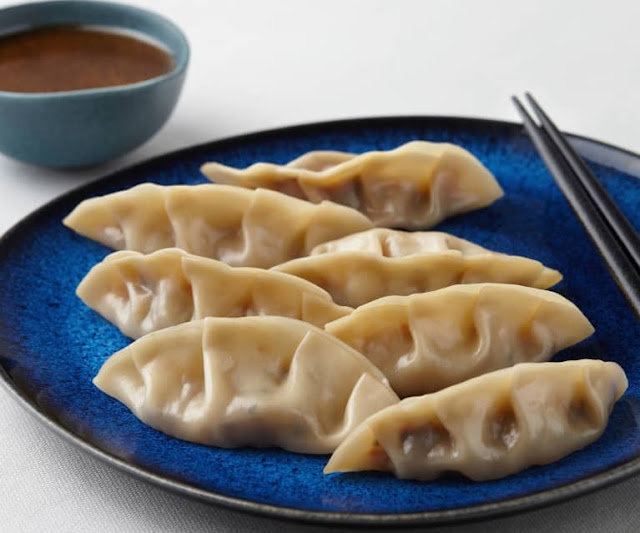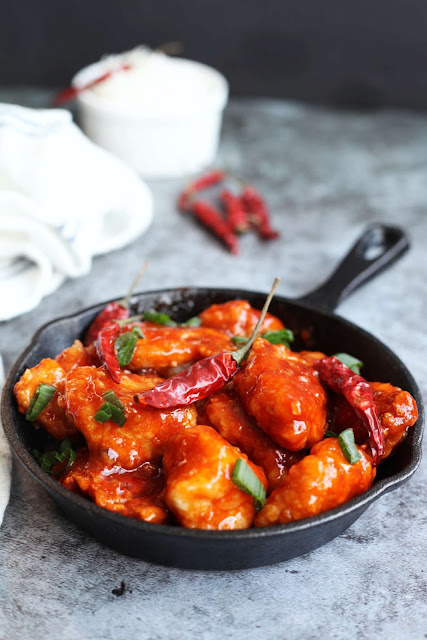Katsu curry is just a variation of Japanese curry with a Chicken Cutlet on top. You can use a store-bought block of Japanese curry roux, which is commonly used in Japanese households. The Chicken Cutlet brings the Japanese curry up to the next level. It’s so delicious and filling.
Curry
- 400g / 0.9lb onion sliced into 1cm / ⅜” wide pieces
- 250g / 0.6lb potato cut into 1.5cm / ⅝” cubes
- 100g / 3.5oz carrot sliced to 7mm / ¼” thick pieces
- 1 tbsp oil
- ½ packet of 230g / 0.5lb Japanese curry
- 800ml / 1.7pt water
- 4 cups cooked rice (hot)
- 4 Chicken Cutlets cut into 2.5cm / 1” wide strips (note 3)
- 4 tbsp fukujinzuke
Add oil to a pot and heat over medium high heat.
Add onion and sauté for a few minutes or until the onion becomes translucent and edges start getting slightly burnt.
Add potatoes and carrots into the pot and stir for a couple of minutes or until the surface of the vegetables starts getting cooked.
Add water and turn the heat up to bring it to a boil. Then reduce the heat to medium low and simmer for about 7 minutes or until the vegetables are nearly cooked through (note 4).
Break the curry roux cake into small blocks along the lines and add them into the pot. Stir gently to blend the curry roux.
Reduce the heat to low, place a lid on and cook for about 10 minutes or until the curry roux is completely dissolved. Stir occasionally as the curry tends to stick to the bottom of the pot.
Check the consistency of the sauce. It should be like béchamel sauce. If it's too thick, adjust with some water. If too thin, cook further without the lid. It will thicken when cooled down as well.
- Turn the heat off.






